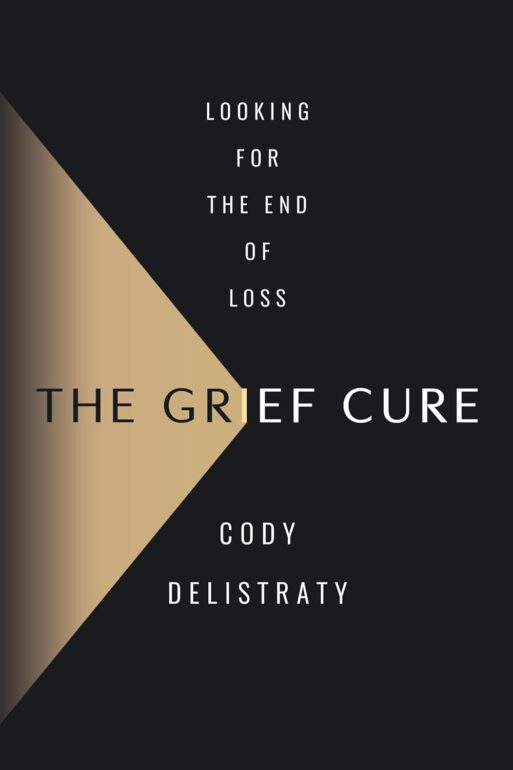
When Cody Delistraty’s mother died of cancer, he was devastated. As a burgeoning journalist in his early twenties, he turned to his training in reporting, diving into research, consulting experts and exploring the latest treatments for grief. His book “The Grief Cure” chronicles this journey, as Delistraty experiments with various “cures” for his sorrow. From an AI chatbot version of his mother to psilocybin, laughter therapy, book prescriptions and consultations with neuroscientists about memory deletion, he doesn’t find a definitive “cure” for his grief but rather gains a revised perspective on its role in his life.
Following his mother’s death, Delistraty lived alone in Paris, isolating himself in his sorrow while seeking ways to confront the physical and emotional rawness he felt. His first experimental treatment in “The Grief Cure” is laughter therapy. He hoped that laughter would alleviate the tightness and fatigue in his body that had persisted for a year after his mother’s passing. As he researched laughter therapy and met with a trained laughter therapist, he experienced feelings of ridiculousness, self-consciousness, and discomfort. Ultimately, allowing laughter back into his life helped him reconnect with the physicality of his grief, releasing some of the tension he experienced.

Author Cody Delistraty
Credit: Grace Ann Leadbeater
“The Grief Cure” continues in a similar pattern, with each chapter presenting a new “cure,” the research behind it, and Delistraty’s insights from the experience. While this format risks becoming formulaic, Delistraty’s diverse treatments and unique reflections keep the narrative engaging and thought-provoking, making the book a quick and entertaining read overall.
Delistraty’s descriptions of grief resonate deeply, capturing the essence of its multifaceted nature. In one poignant passage, he reflects on grief’s complexity and the importance of navigating its many dimensions:
“I’ve tried to stay open to alternate ways of thinking, to the fact that grief will take you in a thousand different directions, will drag you through every state of mind. If you can find a way to be open to that, to not get stuck in the rut of certitude that things must continue as you think they must, then anything, I’m sure, is possible.” (83)
Not only does Delistraty’s relatability shine through, but his insights also avoid falling into clichés. He writes,
“After a while, extraordinary experience must become ordinary. In grief, this is especially vital. We cannot keep ourselves in the throes of it constantly. We must transmute it into something fainter, less remarkable. This is the correct basis for the often misunderstood idea of ‘moving on,’ and, as I was beginning to understand it, it comes from gaining a wider perspective and seeing beyond your loss. Balance is crucial. You can’t ignore it, either. You must find a way to live with grief without it becoming you.” (84)
“The Grief Cure” is both an entertaining and insightful read for anyone grappling with grief or seeking to understand the socio-cultural history of grief and its emerging treatments. Delistraty not only walks us through his personal journey but also introduces innovative approaches to dealing with loss. His narrative invites readers to reflect on their own experiences with grief, fostering a deeper understanding of how to coexist with sorrow while embracing life’s complexities. In a world where grief can often feel isolating, Delistraty’s journey offers hope and reassurance, reminding us that we are not alone in our struggles and that grief is not something to overcome, but something to learn to live alongside.

 “The Grief Cure” by Cody Delistraty
“The Grief Cure” by Cody Delistraty



 Composting Bodies Is Now Legal in a Dozen States
Composting Bodies Is Now Legal in a Dozen States















